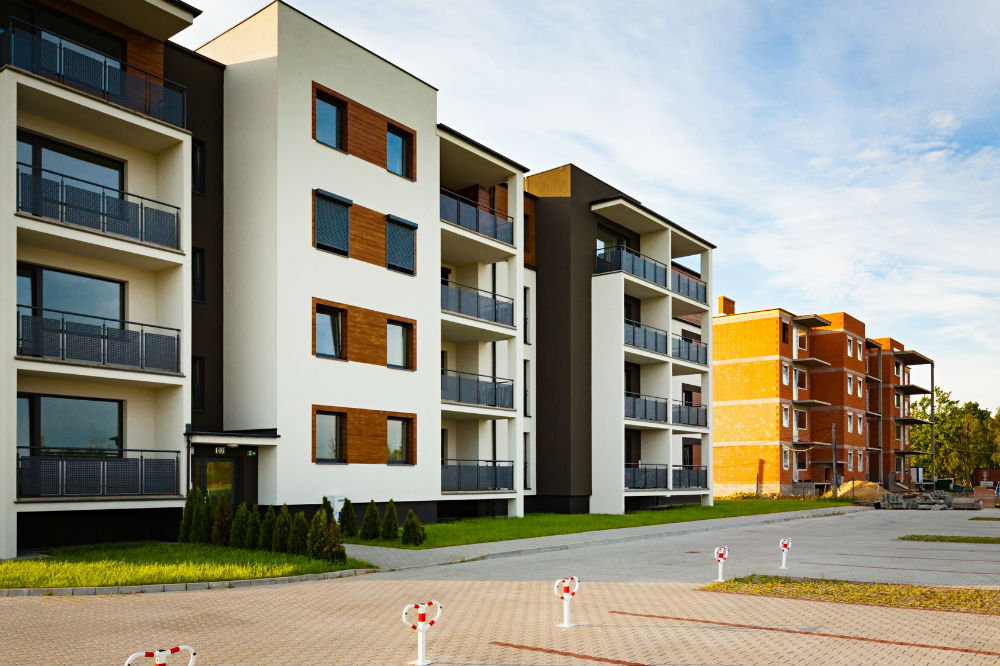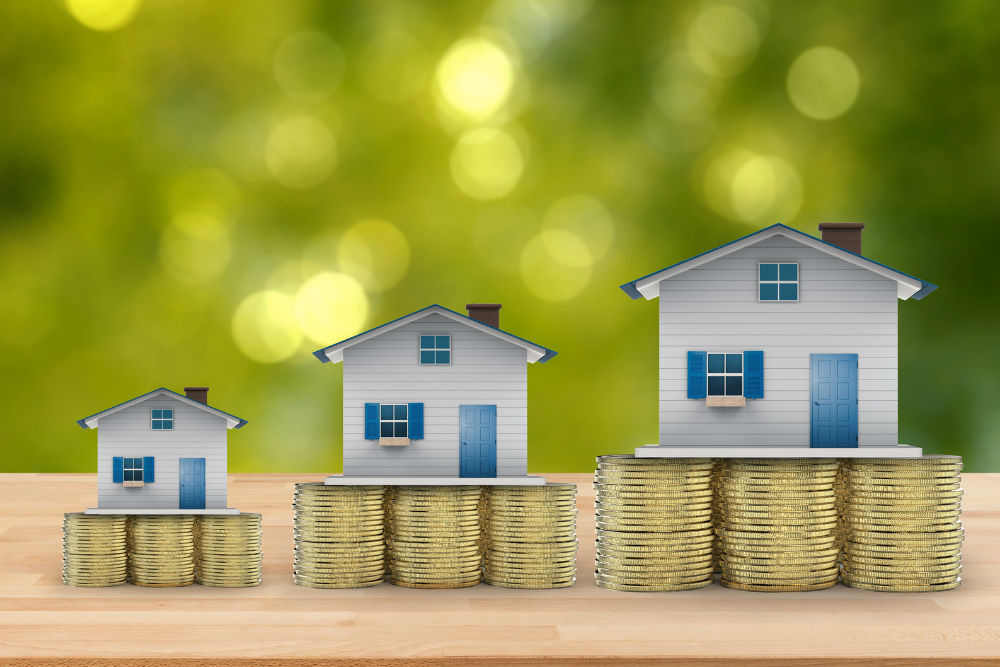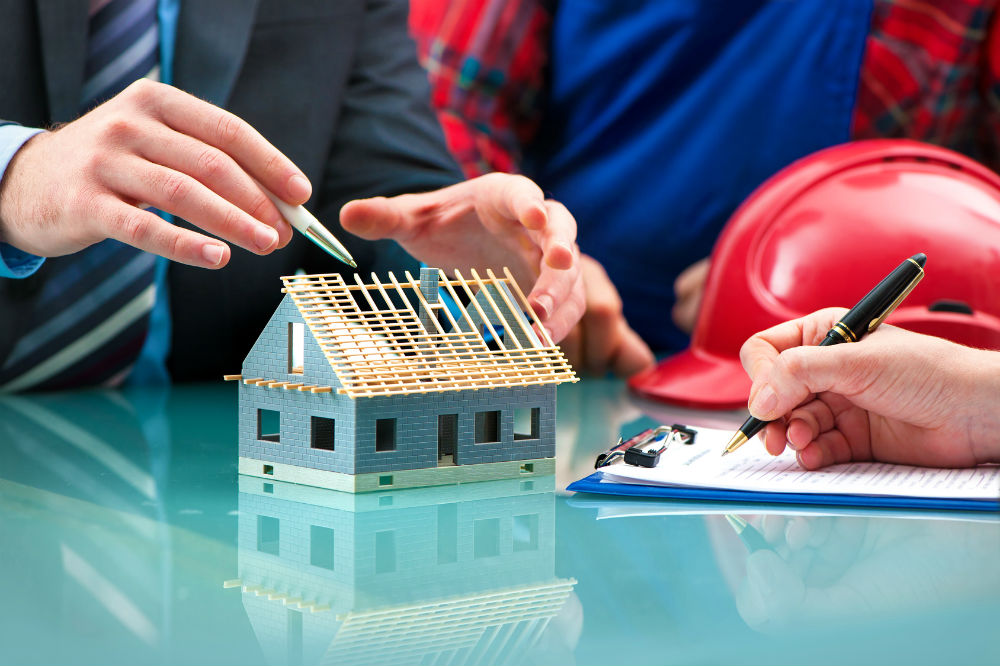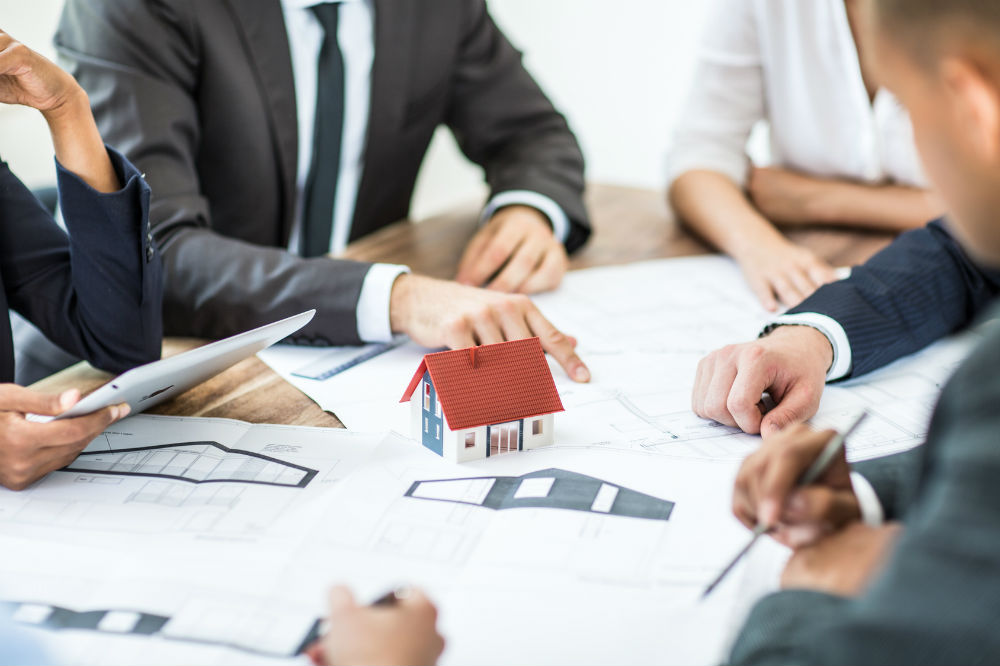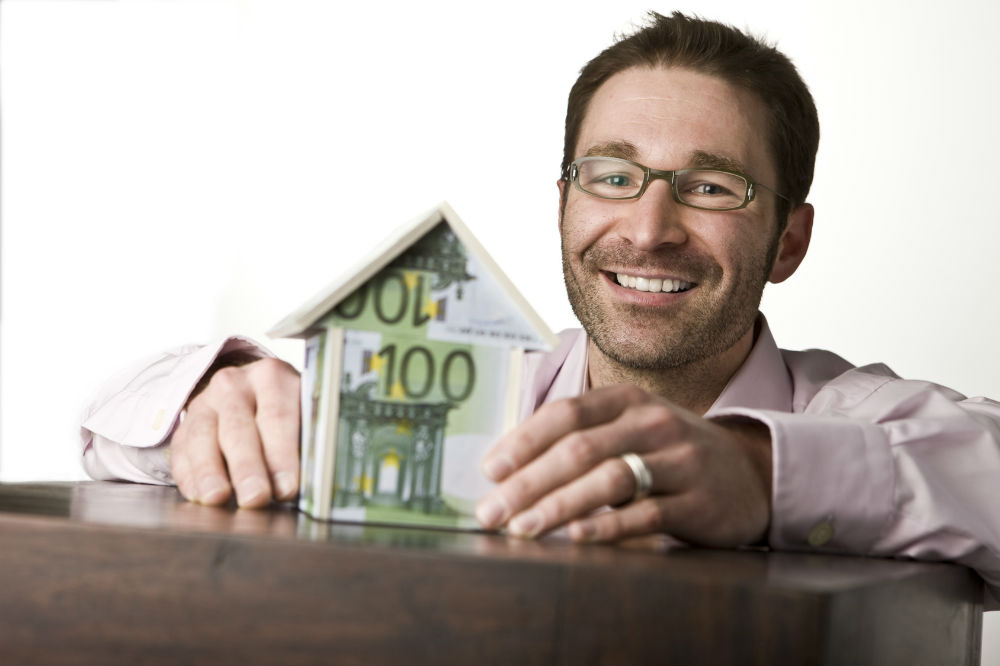What Makes Residential Real Estate Development Unique
In general, there are two main types of real estate: residential and commercial. They are both similar in the sense that they are both real estate. However, their qualities and characteristics differ greatly.
Commercial real estate, as its name implies, involves a piece of property that is expected to generate profit for its owner. It is focused mainly on businesses. It can involve leasing, renting, or selling, and is used for its financial returns, similar to that of an investment. In a sense, a commercial real estate property is bought for its income-generating qualities.
On the other hand, residential real estate, as its name implies, is all about housing its owner and his or her family. The property bought in the case of residential real estate is primarily intended for personal use: to fulfil the basic need of shelter for an individual and their family.
When selling a commercial real estate property, the main concern for buyers is whether or not the property is able to generate income for them, how large the income is, and how fast the cashflow will be in order to anticipate the return of investments made to the property by buying it.
On the other hand, buying a residential real estate property is more of an emotional decision. Buyers often buy houses that just feel right to them, remind them of good memories, or suit their taste and style. Their main difference is that is one type of real estate there is more of an expectation of earning a profit.
Thus, when considering commercial or residential real estate development, you might want to consider that main goal of the buyer when they make the purchase. Also consider which structural qualities will benefit a business the most, and which architectural elements will benefit a family with little children.
Residential real estate development
Developing residential real estate is both challenging and fulfilling for many developers. Helping people realize their dreams through the residences that you develop is such a satisfying prospect. However, there are challenges that come with it too.
Since different people have different preferences and personalities, there is no exact formula as to what to build, how big or small, and where, in order to please the majority, if not all of your potential residential real estate buyers.
A few hints to get you started in your residential real estate development business
Establish your business in a healthy economy
Establishing a residential real estate development business is challenging enough. Imagine throwing in a declining market. Wouldn’t that just be fruitless?
Sure, some very skilful developers and agencies still manage to sell in weaker markets, but they are usually swimming against a powerful downward current, albeit with skill, grit, and expertise.
If you would rather invest your valuable time and effort in a market that is receptive to your business in order to provide quality projects, then why not? A healthy economy is usually comprised of growing GDP, low unemployment, as well as low interest rates.
Choose a spot
Once you have established that the national economy is all well and good, choose a locality that will most likely yield you with the highest rate of returns. That is, find a place with great employment rates and people who can afford to buy and pay for housing for the coming years.
Local unemployment data are usually available and usually well broadcasted, so this will prove an easy feat. It only makes extra sense to develop in a place where people will most likely be able to afford what you have to sell.
Perimeter the city
Take note of where the city’s urbanized areas are and make a mapped perimeter. Usually, it is wise to develop within this perimeter, especially if the market is a bit shaky.
However, if you see that market values are on the rise and the city has been continually expanding in the past years and months, it may be a good idea to invest your residential real estate development along the outskirts as this will soon be swallowed up by other development, thus expanding the urban development, with you as a contributor.

